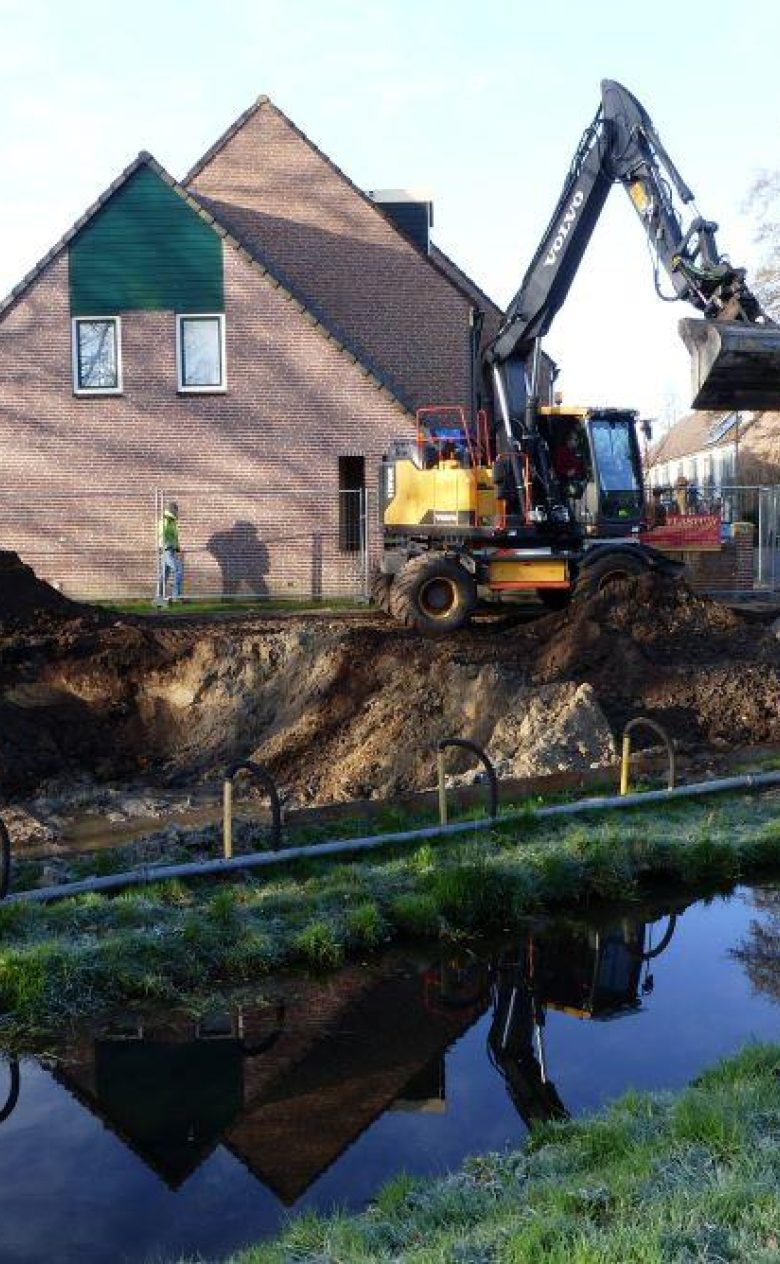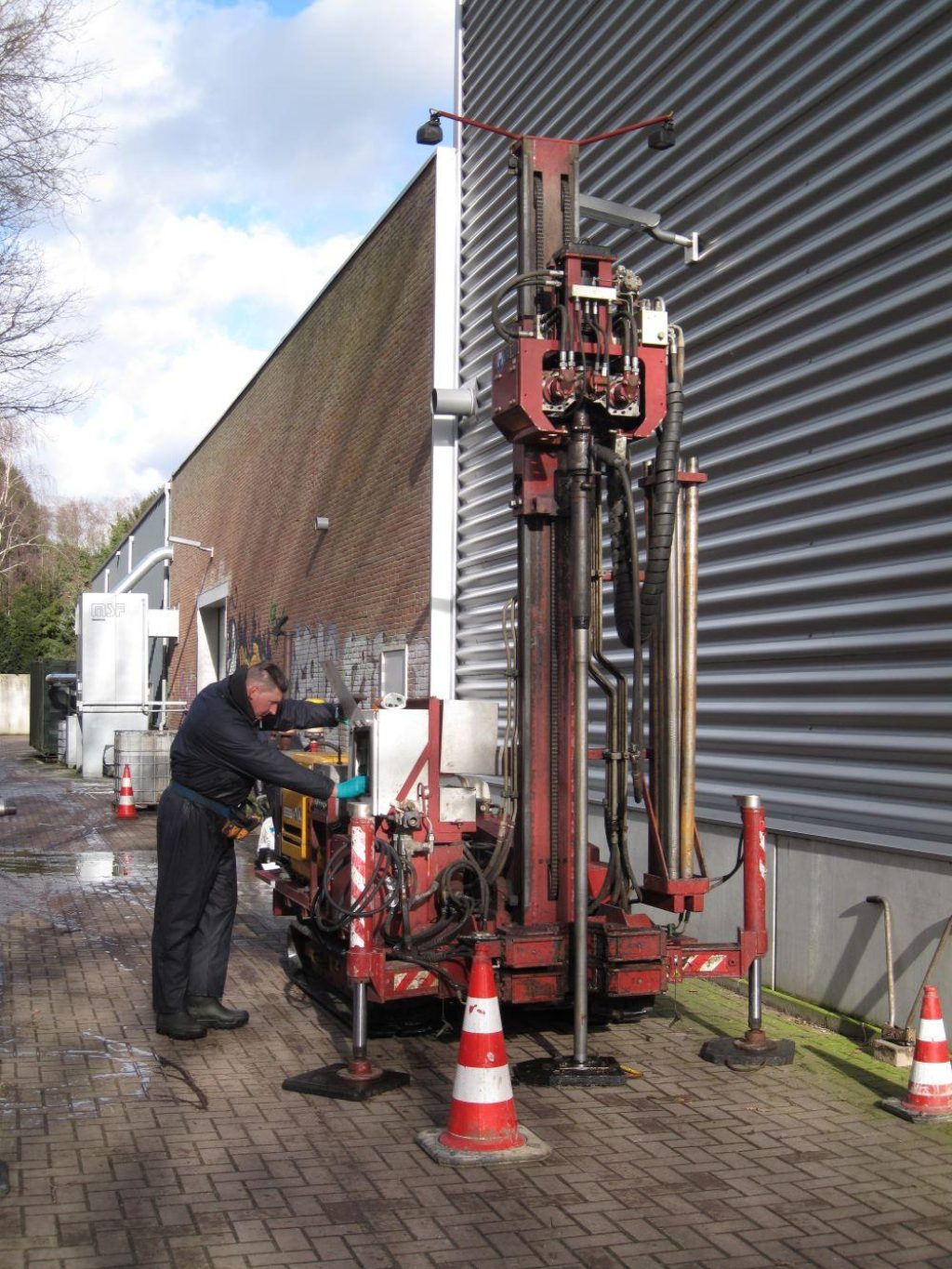A reed bed for treating water makes neighbourhoods greener and local residents happier
Soil remediation usually leads to disruption and it is often very expensive. But other approaches are possible: remediation using nature actually contributes to spatial quality and the costs are much lower than with conventional land excavation and disposal, and groundwater extraction and treatment. Our knowledge of the subsurface and water system helps business, and municipal and provincial authorities, with nature- and neighbourhood-friendly solutions.

Helophyte filters have long been used to clean up domestic and industrial wastewater. They are based on a wide range of chemical conditions in the root zone. Reeds add oxygen to the soil but also produce organic matter. This results in a transition from aerobic to highly anaerobic conditions around the roots.
As a result, substances dissolved in the water that flows through the reeds always encounter the optimal conditions for decomposition at some point. That is why a helophyte filter works well for cocktails of pollutants. And also for substances with metabolites that need different conditions than the initial substance for further breakdown.
This is quite often the case with soil pollutants, and particularly the common chlorinated hydrocarbons, which can only be broken down in steps that repeatedly remove a chlorine atom. The optimal conditions are different for each step.
Deltares had already demonstrated that microorganisms around the roots of these plants really do break down contamination of this kind. We want to solve our problem and be in a position to contribute to cleaner neighbourhoods and a cleaner Netherlands. Why wouldn't we do that?
Frank van Gerrevink, MOBA

In Barneveld, this principle was applied to stop the groundwater contamination of surface water with chlorinated hydrocarbons originating from MOBA, a manufacturer of egg grading machines. In addition to substrate injections to encourage the growth of the right microorganisms, a reed bed was positioned alongside the watercourse that attracts the contamination.
A reed bed is more innovative than you think
Deltares project manager Nanne Hoekstra: “Reed beds are still not used extensively as a remediation solution for soil pollution and they are more innovative than you might think. This requires a different perspective from government authorities who are accustomed to using hard technology.
For example, to properly verify that this system works as well as a conventional treatment plant, an effluent point was built in that is not really needed to make the system work. These systems also require the use of specialisms other than those generally used for soil remediation. For example, the work here was done by a contractor working with a gardener who themselves had no experience in the field of soil remediation.
I think it looks a lot better. It used to be just a field where people let out their dogs. It's a wonderful green space in the local area now. People who visit us here agree.
Jan Hulzebosch, local resident

The challenge for the contractor was to keep the water from the adjacent ditch out of the pit during the digging work. And the gardener selected different reeds on the basis of their location relative to the water level. The type of reed used for the actual breakdown process does not matter much since this work is done by microorganisms in the root zone. We are now monitoring the breakdown process with both chemical and biological analyses to follow the growth of the microbial population.”




